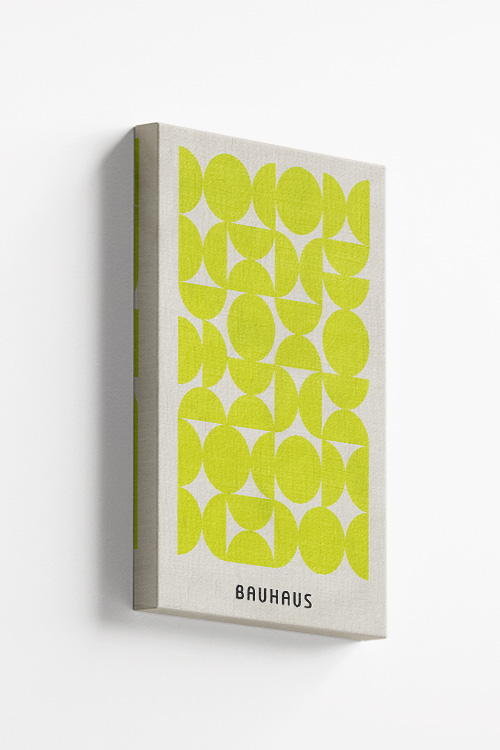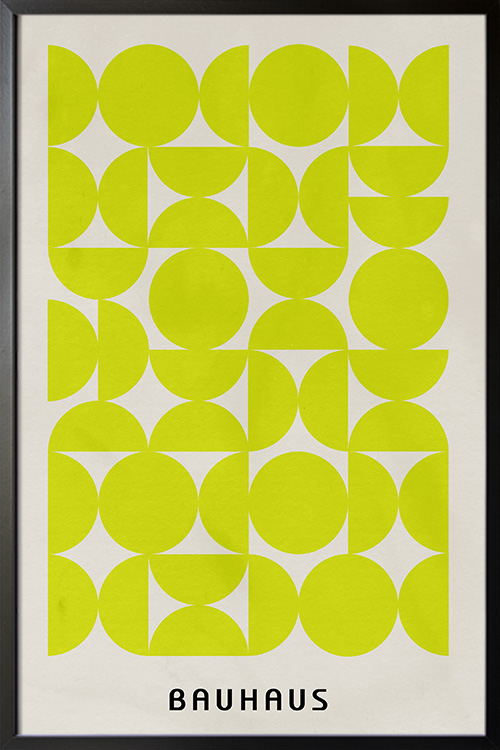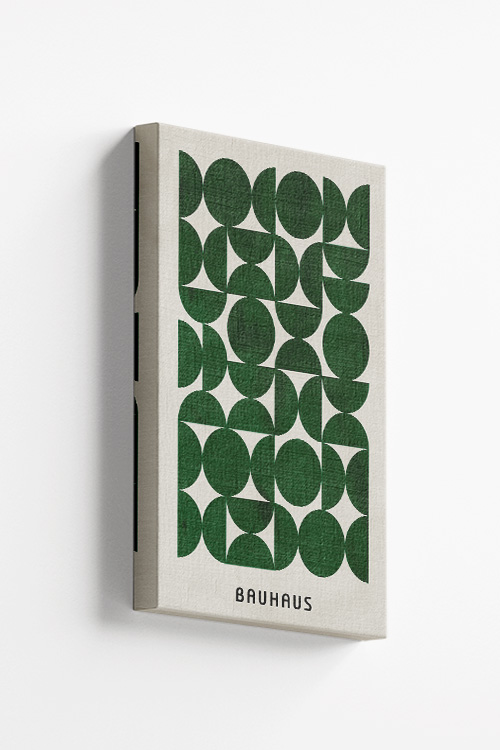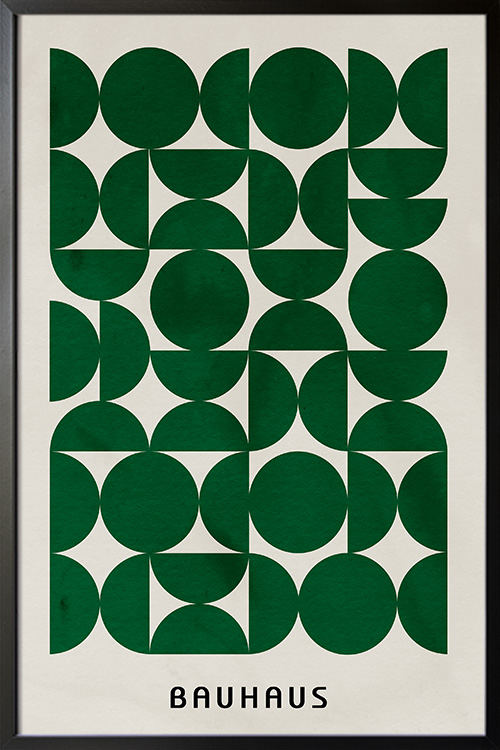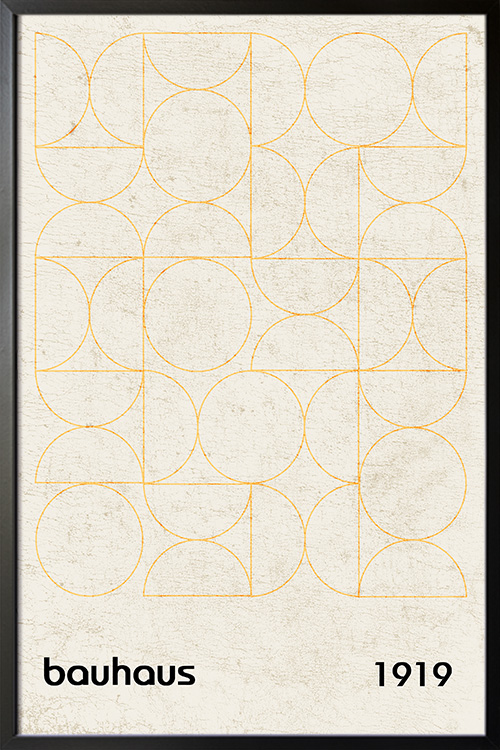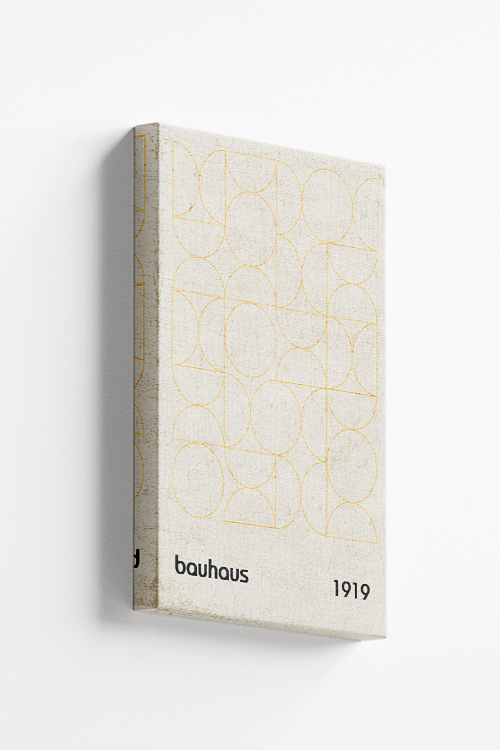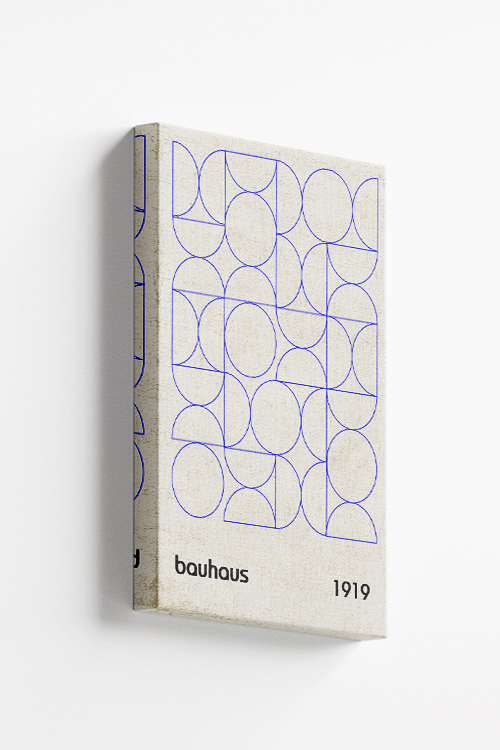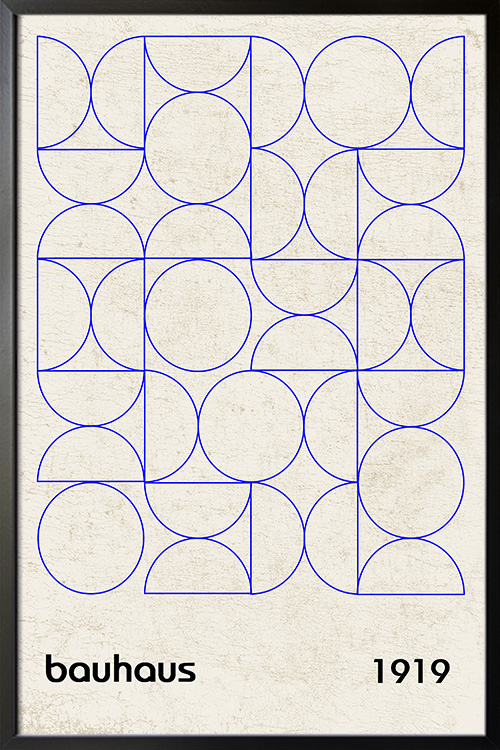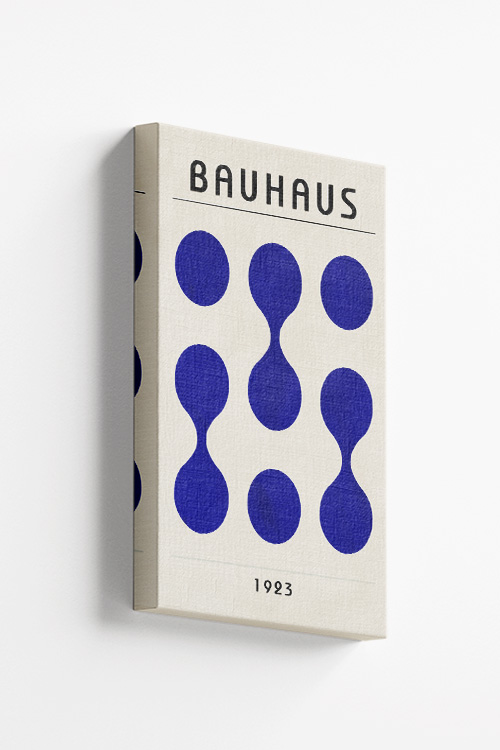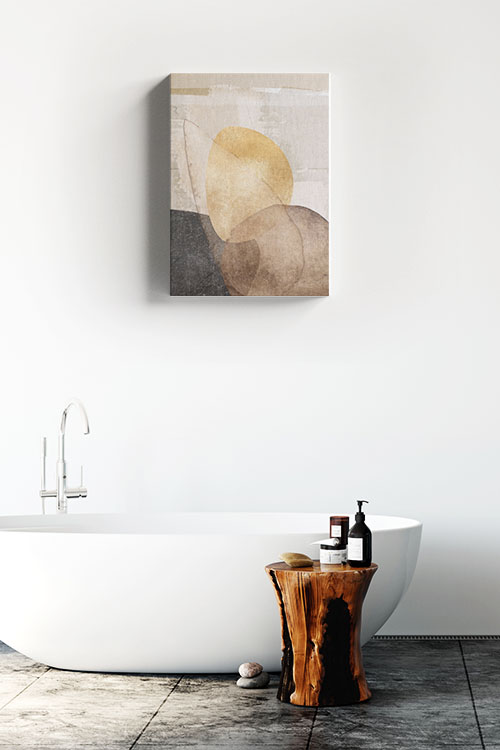
Minimalist interior design is not just a passing trend; it’s a timeless approach that has stood the test of time. It’s a lifestyle choice that embraces simplicity, clarity, and intentionality. At its core, minimalism is about creating spaces that feel calm, clean, and functional without sacrificing style or personality.
Simplicity with Purpose
Minimalist interiors focus on eliminating clutter and reducing visual noise, which refers to the unnecessary or distracting elements that disrupt the visual harmony of a space. This doesn’t mean your space should feel cold or empty. Instead, each piece of furniture or decor should serve a clear function or bring joy. Select well-crafted items that are both beautiful and functional, and let them shine in open spaces.
Neutral Color Palettes
A minimalist color scheme typically includes whites, beiges, grays, and muted colors. These colors create a peaceful backdrop that enhances the sense of space and light, instilling a sense of tranquility. You can add depth with different textures and subtle contrasts, or introduce one or two accent colors to create a focal point without overwhelming the room.
Clean Lines and Open Spaces
Furniture and architecture in minimalist interiors often feature clean lines and geometric shapes. Avoid ornate or overly decorative pieces in favor of sleek silhouettes. Open spaces are key –they allow for empty areas that give the eyes a place to rest and help the room feel larger and more serene, fostering a sense of freedom and tranquility.
Quality Over Quantity
Instead of filling your space with many items, invest in a few high-quality pieces. A well-made sofa, a unique lighting fixture, or a piece of artwork can make a substantial visual impact without requiring excess. This philosophy supports both sustainability, by reducing the need for frequent replacements, and timeless style.
Thoughtful Decor Choices
Minimalist design doesn’t mean removing all decor. Select a few meaningful or statement items, such as a large mirror, a sculptural vase, or a black-and-white photograph, to add personality. These pieces should complement the overall design and not feel like afterthoughts.
Natural Elements and Light
Incorporating natural materials, such as wood, stone, linen, or plants, adds warmth and balance to a minimalist space. Let natural light flow freely through large windows or sheer curtains to enhance the airy feel.
In a Nutshell
Minimalist interior design is ultimately about creating a space that supports mindfulness and reduces stress. By focusing on intentional choices and paring down to the essentials, you can make a home that is not only visually pleasing but also deeply calming and functional.
